The 2015 Transforming the Workforce for Children Birth Through Age 8: A Unifying Foundation report from the National Academies Press details the specialized knowledge and skills that early educators needs to support young children. The report identifies the “ability to use learning trajectories” as a key workforce practice because these trajectories can help educators understand the developmental processes that children go through to master a skill or concept. Learning trajectories have three components educators need to understand: the subject matter content; the developmental progressions children go through as they learn the content; and the sequenced activities educators can use to help students learn the content. Educators need to be able to identify where children are along a trajectory and know how to move them along. Understanding learning trajectories can be especially useful in teaching math and science. Formative assessments can help teachers identify where children are along a learning trajectory.
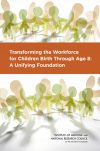
LaRue Allen and Bridget B. Kelly, eds., Transforming the Workforce for Children Birth Through Age 8: A Unifying Foundation (Washington, DC: National Academies Press, 2015).
Early math experts Julie Sarama and Douglas Clements have done extensive research and writing on learning trajectories and how appropriate instruction can guide children’s progression, particularly in math. Clements is the co-author of a 2017 report by the Joan Ganz Cooney Center at Sesame Workshop and New America on STEM instruction in early learning; it explains that many early educators are not confident in their abilities or adequately prepared to teach these subjects, and that early educators need to understand the paths that children take when learning STEM topics. A 2011 randomized trial of the use of the Building Blocks mathematics curriculum, which is designed around learning trajectories, found that pre-K students who received this curriculum learned more math than the control group.
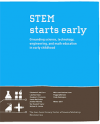
Elisabeth R. McClure, Lisa Guernsey, Douglas H. Clements, Susan Nall Bales, Jennifer Nichols, Nat Kendall-Taylor, and Michael H. Levine, STEM Starts Early: Grounding Science, Technology, Engineering, and Math Education in Early Childhood (New York: The Joan Ganz Cooney Center at Sesame Workshop, 2017).
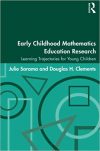
Julie Sarama and Douglas H. Clements, Early Childhood Mathematics Education Research: Learning Trajectories for Young Children (New York: Routledge, 2009).
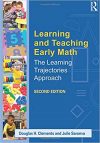
Douglas H. Clements and Julie Sarama, Learning and Teaching Early Math: The Learning Trajectories Approach, 2nd ed. (New York: Routledge, 2014).
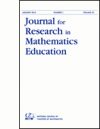
Douglas H. Clements, Julie Sarama, Mary Elaine Spitler, Alissa A. Lange, and Christopher B. Wolfe, “Mathematics Learned by Young Children in an Intervention Based on Learning Trajectories: A Large-Scale Cluster Randomized Trial,” Journal for Research in Mathematics Education 42 (March 2011): 127–166.
In pre-K classrooms, as in other learning settings, the type of curriculum teachers use makes an impact on how much children learn. According to the National Center on Quality Teaching and Learning at the University of Washington, a curriculum—which is essentially a written plan with sequenced lessons—needs to have specific components to be effective. In its 2015 Preschool Curriculum Consumer Report, the center describes the 13 components that need to be in place. Among them: being grounded in child development principles, being evidence-based, including an assessment to track children’s progress, and including family involvement materials.
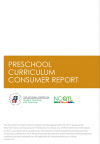
National Center on Quality Teaching and Learning, Preschool Curriculum Consumer Report (Summer 2015, amended in 2017). Available at https://eclkc.ohs.acf.hhs.gov/sites/default/files/pdf/curriculum-consumer-report.pdf.